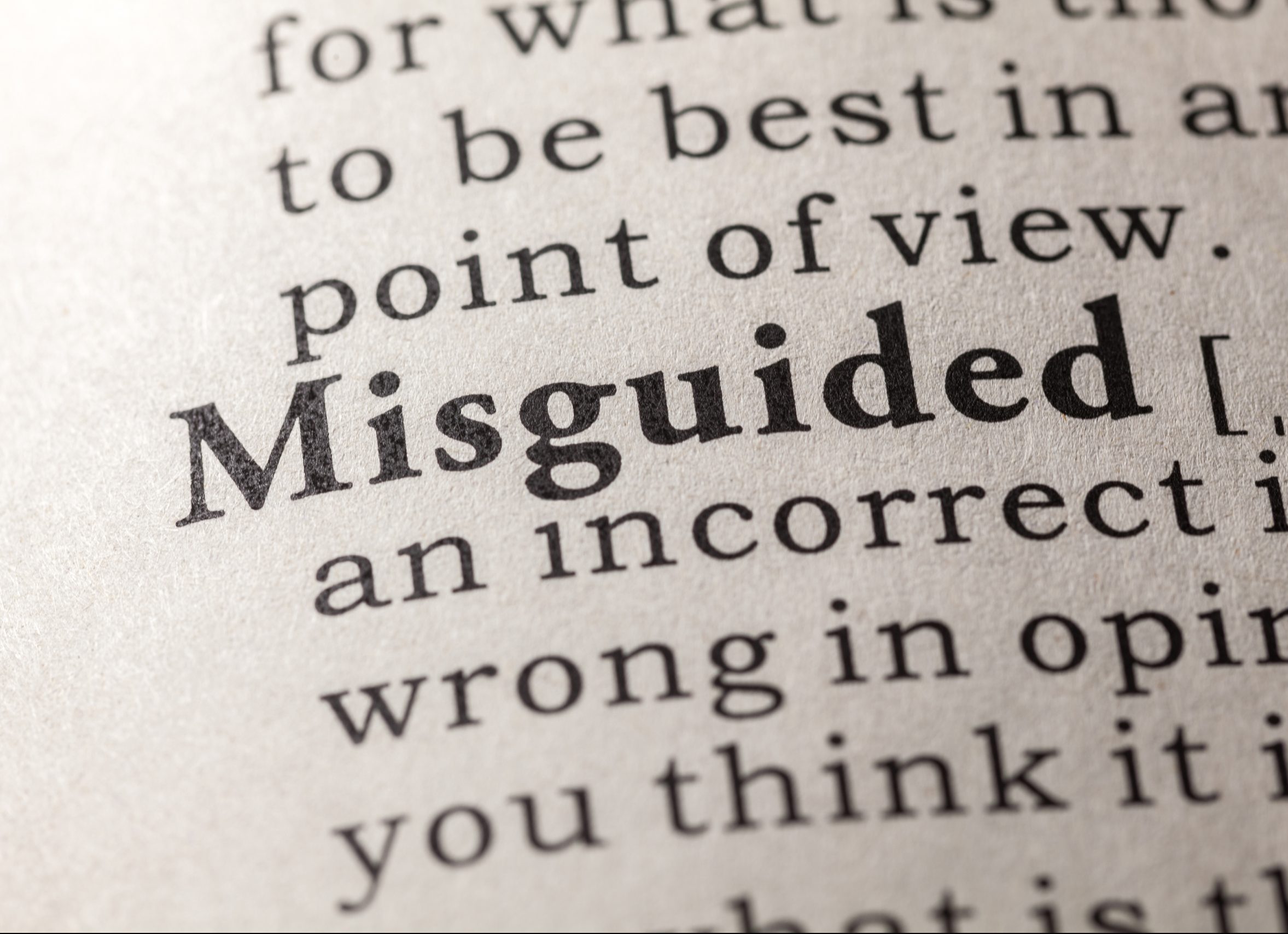FS.COM INC. v. International Trade Commission Corning Optical Communications LLC – Intervenor No. 22-1228 (Fed. Cir. Apr. 20, 2023) | Sheppard Mullin Richter & Hampton LLP
This case addresses the validity of patents asserted against a high-density fiber optic equipment importer in violation of § 337. In particular, this case discusses enablement and claim construction as it relates to interpretation of open ended ranges and plural claim language.
Background
Corning Optical Communications LLC (“Corning”) filed a complaint with the International Trade Commission (“ITC”) alleging that FS.COM violated § 337 by importing high-density fiber optic equipment into the United States that infringed Corning’s patents. The Administrative Law Judge (“ALJ”) that heard the case found that FS.COM had induced infringement of the asserted patent claims and rejected FS.COM’s invalidity challenges, including arguments that the claims were not enabled. FS.COM petitioned for ITC review, which was granted in part, including on both the enablement issue and on the claim construction of the limitation “a front opening.” The ITC affirmed the ALJ’s determination that the claims were enabled and that “a front opening” included numerous openings, and as such that FS.COM violated § 337 and issued a general exclusion order prohibiting the importation of infringing high-density fiber optic equipment into the United States and a cease-and-desist order directed to FS.COM. FS.COM appealed the ITC’s determination that the claims were enabled and the claim construction of “a front opening.”
Issue(s)
Whether a claim with an express lower limit and an inherent upper limit, as agreed upon by persons of ordinary skill in the art, is enabled.
Whether the claim language “a front opening” is limited to a single front opening or inherently includes one or more front openings.
Holding(s)
The Federal Circuit held that the ITC’s finding that the claim is enabled was supported by substantial evidence. In particular, the Federal Circuit held that the specifications of the patents at issue, as well as, expert testimony from a skilled artisan had shown that there was a technological limit of about 144 connections per U space, and as such, a skilled artisan would have interpreted the claim language to have an inherent upper limit, and was thus enabled.
The Federal Circuit held that the general rule that the terms “a” or “an” in a patent claim mean “one or more” was properly applied and that the patentee had not evinced a clear intent to limit “a” or “an” to “one.”
Reasoning
The Federal Circuit addressed the two issues on appeal separately.
The Federal Circuit affirmed the ITC’s finding that the claim language included an inherent upper limit. The claim language at issue recites “a fiber optic connection density of at least ninety-eight (98) fiber optic connections per U space” or “a fiber optic connection of at least one hundred forty-four (144) fiber optic connections per U space.” FS.COM argued that these open-ended density ranges were not enabled because without an express upper limit. The Federal Circuit concluded that, based on the ITC’s opinion, an inherent upper limit of about 144 connections per U space was present as densities substantially above 144 connections per U space were technologically infeasible at the patent’s priority date. As such, the Federal Circuit found that an upper limit, as recognized by a person of ordinary skill in the art, was inherently present in the claims, thus enabling the claims.
The Federal Circuit then addressed the claim construction issue. The claim language at issue was “a front opening,” which the ITC had concluded was a term that encompassed one or more openings against FS.COM’s argument that such term should be limited to a single opening. The Federal Circuit cited the general rule, which states that the terms “a” or “an” in a patent claim mean “one or more” unless the patentee evinces a clear intent to limit “a” or “an” to “one.” FS.COM argued that the recitation of “front openings” (plural) in unasserted claim 63 evinces the patentee’s clear intent to limit “a front opening” in the asserted claim. However, the Federal Circuit did not find this argument persuasive as the specification and patent figures clearly disclosed embodiments with one or more front openings. As such, the Federal Circuit found that the claim language “a front opening” did not deviate from the general rule as to not encompass one or more openings.






